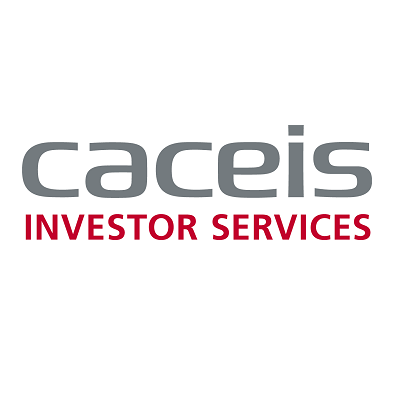Corporate Social Responsibility (CSR) and ESG principles must be fully integrated throughout the value chain, in all sectors of activity and at all levels": this is the commitment made by CACEIS in its Medium-Term Plan 2025 unveiled in 2022. Through this strategy, CACEIS supports the Crédit Agricole Group's objective of achieving carbon neutrality by 2050 in terms of its own footprint.
CACEIS incorporates sustainable development principles into the administration of its information systems (IS). The Group is thus affirming its commitment to develop an environmentally-friendly information system as part of its ambition to reduce its carbon footprint.
 “At CACEIS, our ambition is to be a leading, responsible and sustainable asset servicing partner and to support our clients in managing their ESG risks. As such, our Medium-Term Plan 2025 is in line with that of our reference shareholder, Crédit Agricole”, explains Frédéric Coudreau, Deputy General Manager in charge of Operations and Information Systems.
“At CACEIS, our ambition is to be a leading, responsible and sustainable asset servicing partner and to support our clients in managing their ESG risks. As such, our Medium-Term Plan 2025 is in line with that of our reference shareholder, Crédit Agricole”, explains Frédéric Coudreau, Deputy General Manager in charge of Operations and Information Systems.
As an asset servicer, CACEIS makes extensive use of its IT systems not just to deliver its core business services but also to support the digital transformation needed to develop new offers, improve client satisfaction and increase operational efficiency.
In 2019, a report by the Shift Project warned that the digital sector accounted for 3.8% of global greenhouse gas emissions, with an acceleration of 10% per year.
"It was therefore essential for CACEIS to implement a strategy aimed at fully integrating its IT into its CSR approach in order to reduce its greenhouse gas emissions," explains Mokhtar Bouraoui, Lead Sustainable IT at CACEIS.
For CACEIS, the challenge is two-fold: to continue to develop digital services to meet the needs of its customers and employees and to adopt a responsible approach. The CACEIS sustainable IT project is structured around four strategic areas:
- Create a platform to assess the carbon footprint of CACEIS IT by collecting data in order to communicate granular results and enable the improvement of the CACEIS IT carbon footprint trend.
- Implement sustainable IT practices and guidelines, by assessing the impact of different projects, identifying and training people in green IT practices in projects and integrating principles of sobriety by design.
- Reinforcing the responsible purchasing policy: this involves introducing an ESG performance assessment for all our IT suppliers and mandatory labelling for the period 2023-2025. From this year onwards, 50% of expenditure must be made with suppliers with acceptable extra-financial performance ratings (EcoVadis).
- Training our IT staff: CACEIS is committed to train and certify at least 25% of its IT staff by 2025.
The Sustainable IT lead adds: "The first Hackathon organised by CACEIS in March 2023 is a fine illustration of our commitment to sustainable IT. The aim was to solve a problem related to our business, in less than 48 hours, using eco-design and eco-code" These two concepts involve defining a more Sustainable design that would require fewer server resources to perform the same task. To achieve this, an entire architecture needs to be thought through: how can database requests be reduced? What is the least energy-intensive method for performing a calculation? This first CACEIS internal Hackathon was a real success, both in terms of the involvement of the participants and the solutions proposed.
"The sustainable IT strategy, an important pillar of CACEIS' CSR policy, is fully integrated into the work of the CACEIS Sustainability Center, our Think Tank created in 2021 with the aim of supporting and encouraging the development of CSR throughout the CACEIS Group. Our clients will be regularly informed of our action plan", concludes Frédéric Coudreau, Deputy CEO Business Units & Technology de CACEIS.



